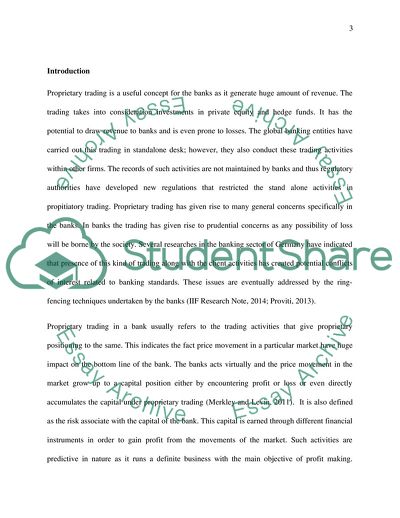Cite this document
(Institutions in Global Financial Markets Essay Example | Topics and Well Written Essays - 2000 words, n.d.)
Institutions in Global Financial Markets Essay Example | Topics and Well Written Essays - 2000 words. https://studentshare.org/finance-accounting/1837451-institutions-in-global-financial-markets
Institutions in Global Financial Markets Essay Example | Topics and Well Written Essays - 2000 words. https://studentshare.org/finance-accounting/1837451-institutions-in-global-financial-markets
(Institutions in Global Financial Markets Essay Example | Topics and Well Written Essays - 2000 Words)
Institutions in Global Financial Markets Essay Example | Topics and Well Written Essays - 2000 Words. https://studentshare.org/finance-accounting/1837451-institutions-in-global-financial-markets.
Institutions in Global Financial Markets Essay Example | Topics and Well Written Essays - 2000 Words. https://studentshare.org/finance-accounting/1837451-institutions-in-global-financial-markets.
“Institutions in Global Financial Markets Essay Example | Topics and Well Written Essays - 2000 Words”. https://studentshare.org/finance-accounting/1837451-institutions-in-global-financial-markets.


